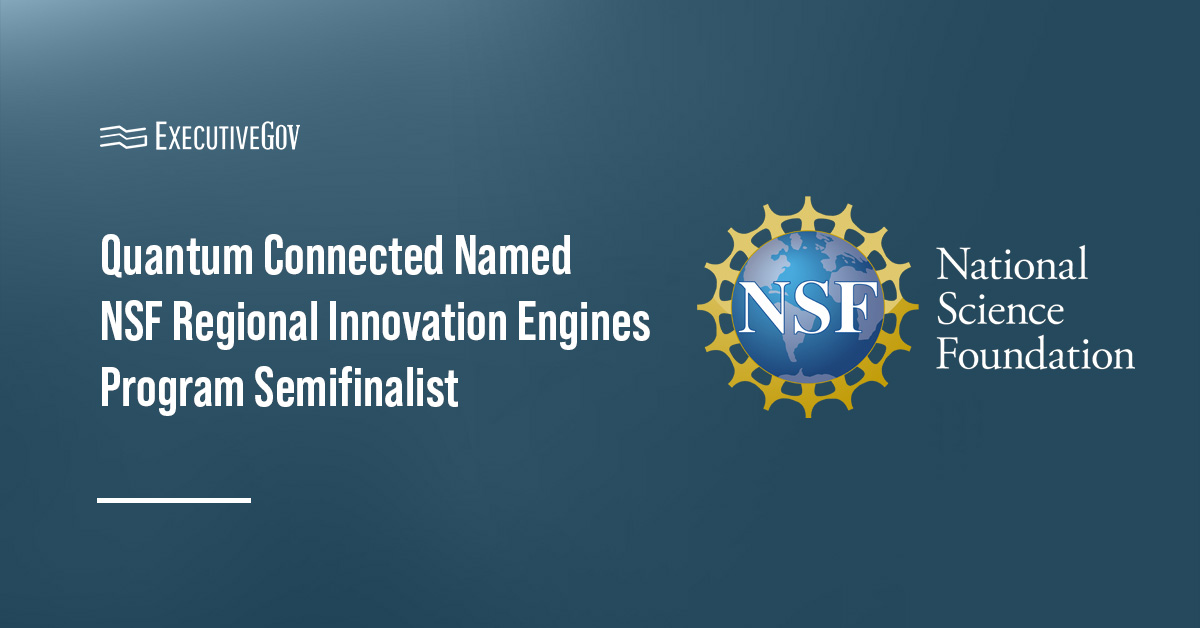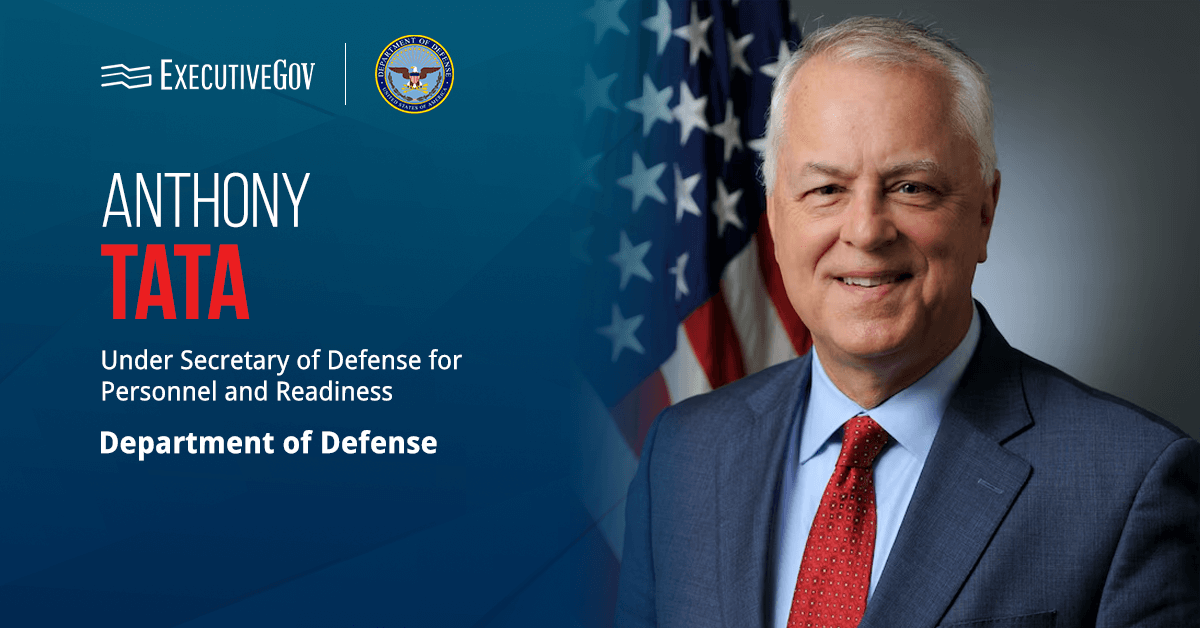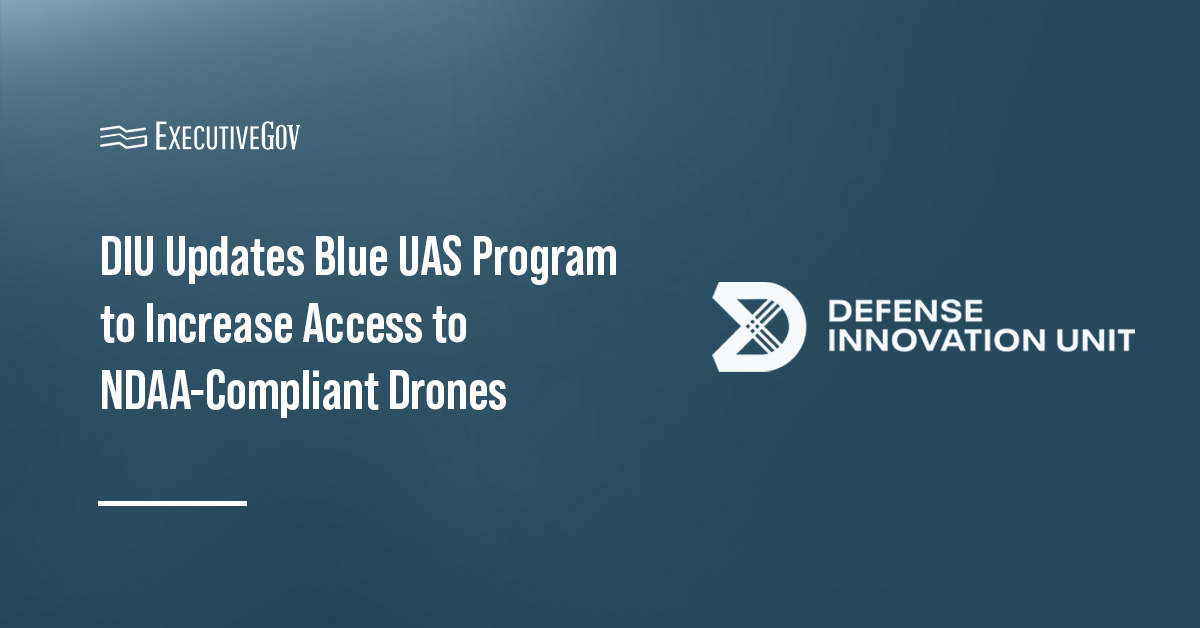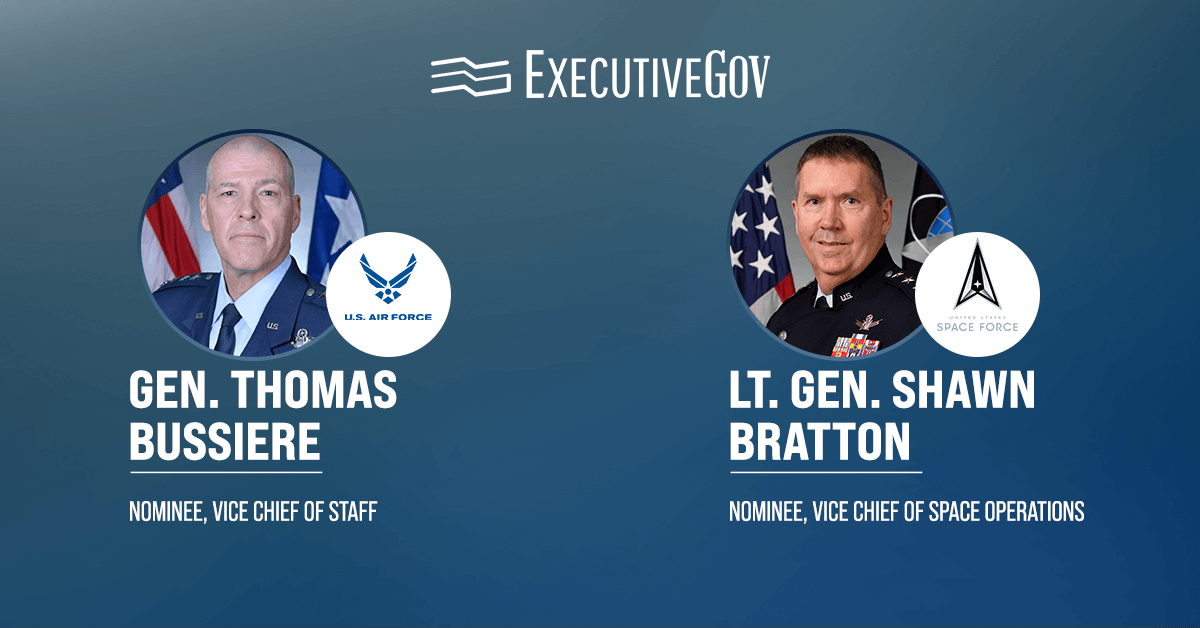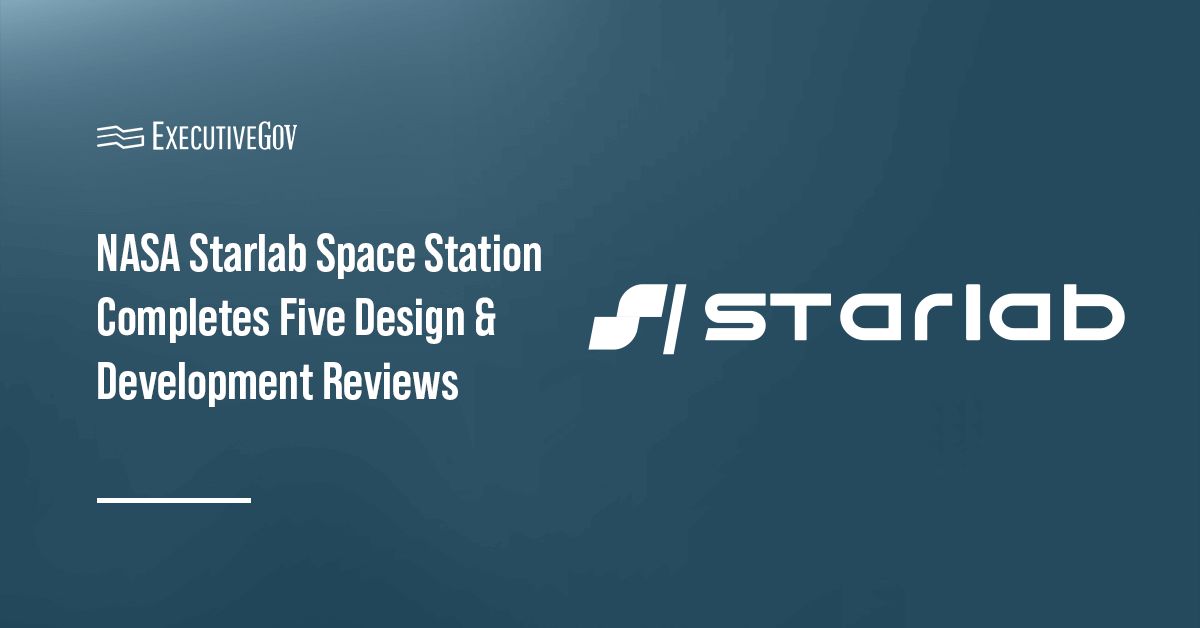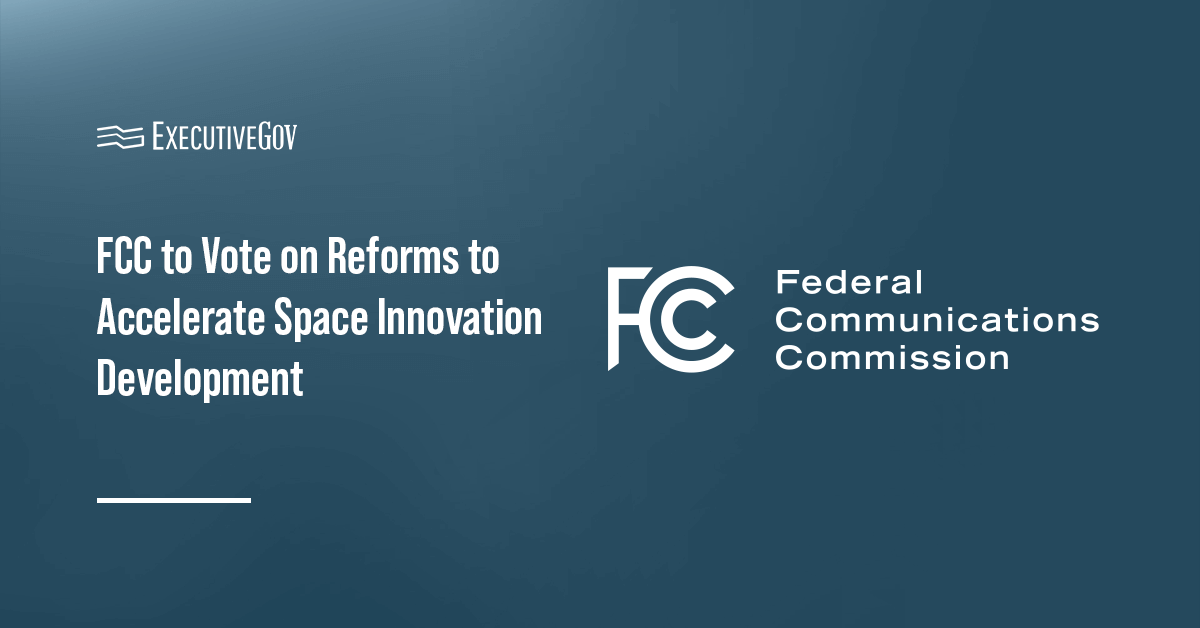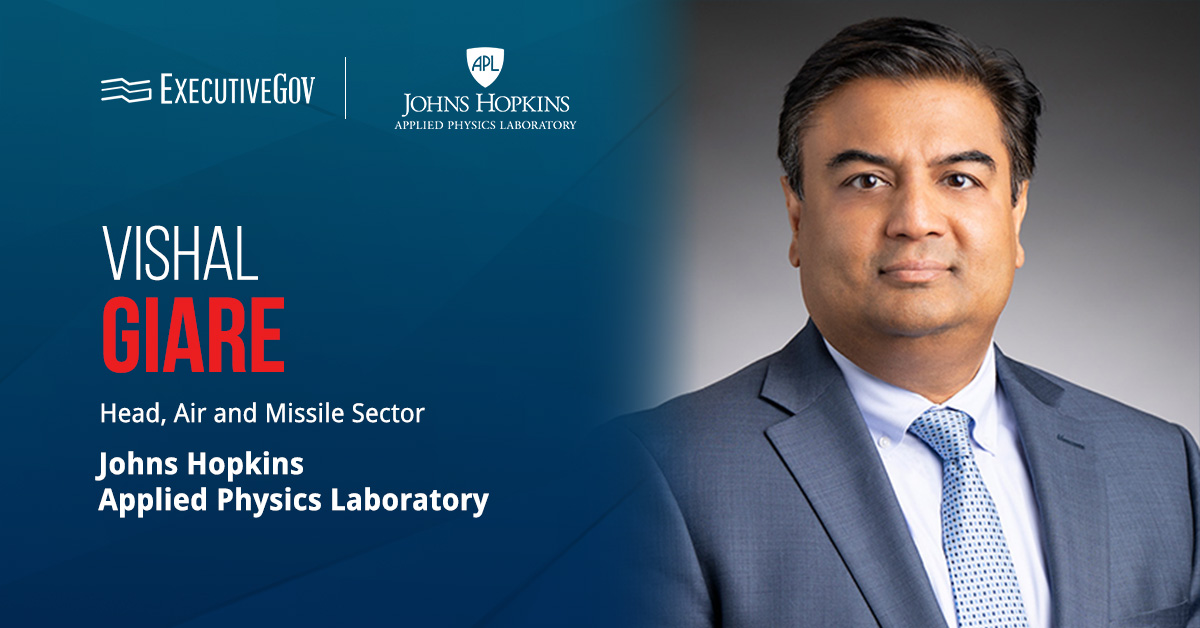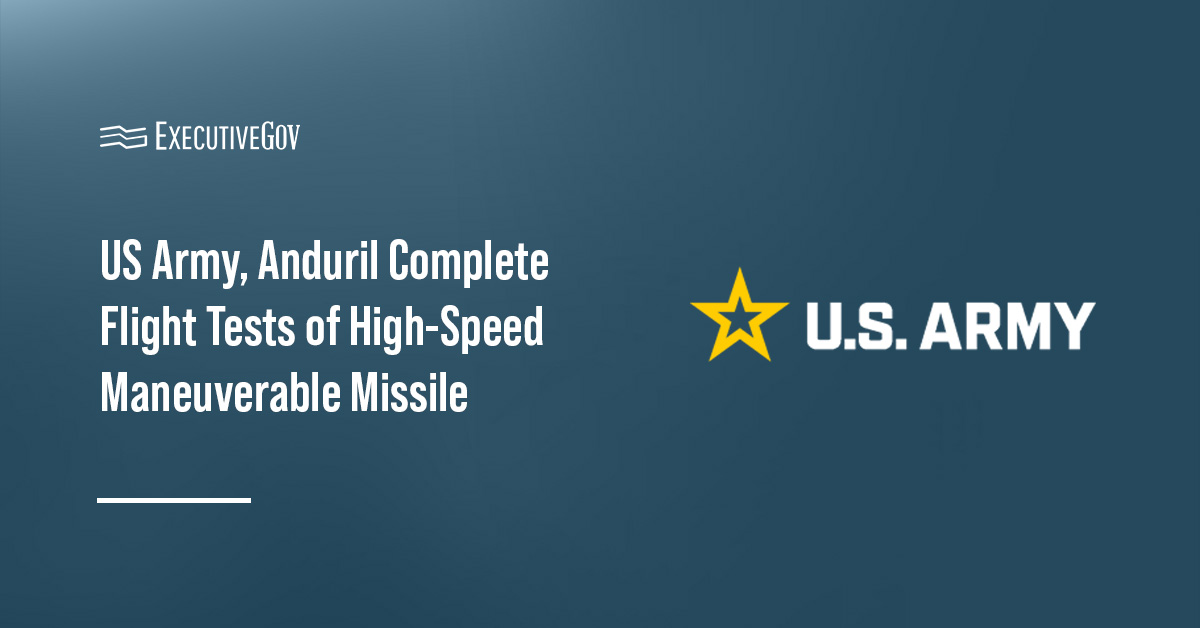Quantum Connected, a Chicago-based cross-sector coalition, has progressed to the next stage of the U.S. National Science Foundation Regional Innovation Engines program, Chicago Inno reported Thursday.
The coalition, which includes the Chicago Quantum Exchange, is one of 29 semifinalists selected to continue in the federal competition and vie for $160 million in funding over the next decade. The selected proposals will undergo live, virtual assessments. The final list will be released in early 2026.
Learn more about quantum computing and other advanced IT efforts at the Potomac Officers Club’s 2025 Navy Summit on August 26 at the Hilton McLean!
What is the NSF Regional Innovation Engines Program?
The NSF Regional Innovation Engines is a program authorized under the CHIPS and Science Act of 2022 that seeks to bolster U.S. competitiveness in critical technologies, including quantum, and foster regional economic growth. It also focuses on fast-tracking the development and deployment of technologies.
The program received 300 letters of intent, which were trimmed down to 71 proposals and eventually to 29 full proposals. In addition to Quantum Connected’s project, other proposals going through the next round include Oregon State University’s advanced semiconductor technology and Princeton University’s advanced photonics technology. Two New Mexico-based proposals were also selected.
The NSF reported that an initial $135 million investment in nine inaugural projects resulted in over $1 billion in matching commitments from various groups.


